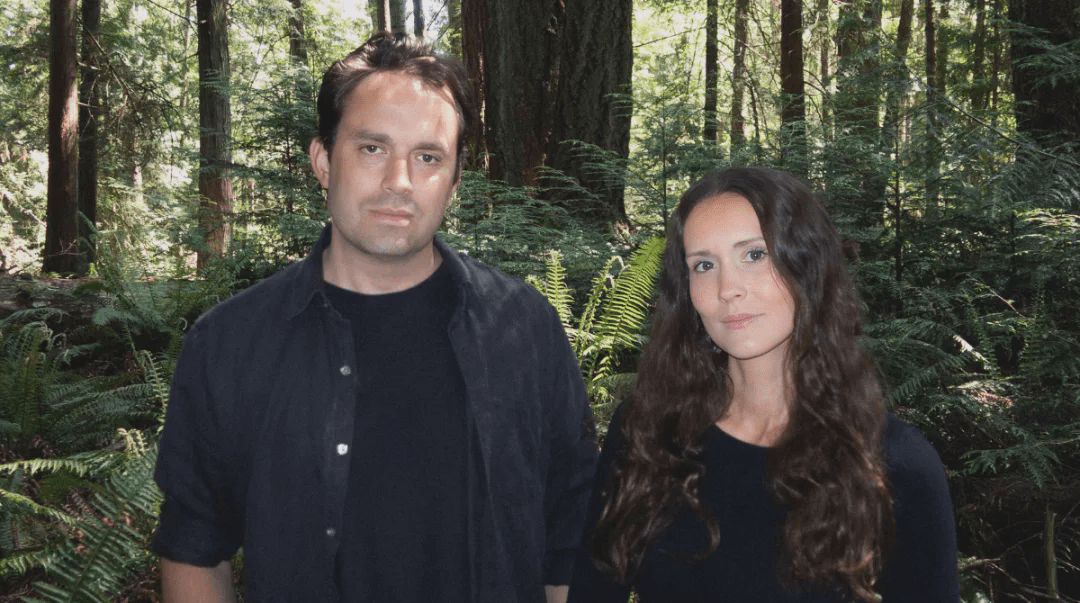
Ryan Koopmans and Alice Wexell are the creative duo behind 'The Wild Within' - a lens-based art project that reimagines real-world ruins through surreal digital enhancement.
Their work combines photography, architecture, 3D design and storytelling, exploring themes of decay, regeneration and the passage of time. The work originally began with a raw photo of an abandoned building, which later evolved into a contemplative visual loop, where nature transcends the architectural structure, and reality blurs into imagination.
In this interview, Ryan shares the origins of their collaboration, the concept and technological evolution of 'The Wild Within,' and how they document the world's disappearing spaces. From digital leaves to dynamic works engraved on Bitcoin, their art exists on the edge of possibility, where the past, present, and future converge.
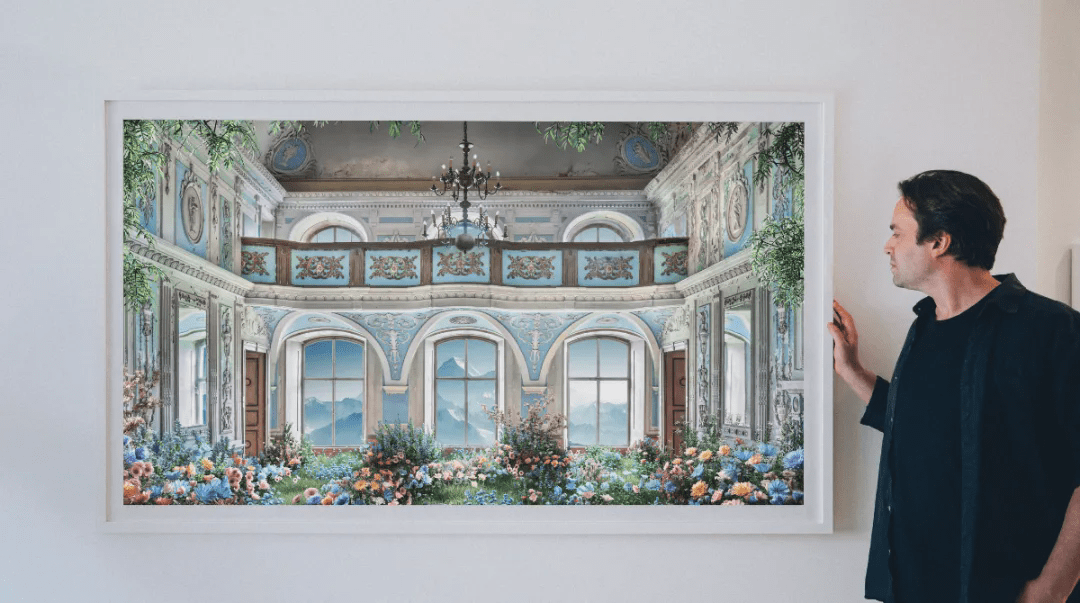
Note: This interview has been edited for length and clarity.
OpenSea: Let's start from the beginning! Can you tell us about your early experiences with art and photography? What initially attracted you to this medium?
Ryan Koopmans: Yes! I originally planned to become an architect. I was an undergraduate in Vancouver, preparing to pursue a graduate degree in architecture. But when I was preparing to create my portfolio, my dad gave me a camera. Many photographers have had similar experiences. I started taking pictures and quickly realized that the camera was a tool that allowed me to access different subcultures and socio-political situations around the world. Compared to the much slower creative process of architectural projects, the immediacy of creating images and concepts with a camera was very attractive to me.
So I changed direction and moved to New York to pursue a Master of Fine Arts in Photography, Video and Related Media. This is an interdisciplinary approach to learning, and now I think it's lens-based art, rather than strictly photography. I worked as a documentary photographer and photojournalist for many years, reporting on news in Eastern Europe and the Middle East.
Ultimately, I found the creative space for purely journalistic photography to be limited. You shouldn't change the image, but with the rise of new tools and rapid technological change, the creative potential has also expanded. This prompted my partner Alice and me to revisit some old photos I took in a small town in Georgia (the country) and expand on the concept of overgrowth and the passage of time. We began to incorporate 3D leaves, blending elements of reality and imagination.
Alice studied at Lund University and Hyper Island in Sweden. We have been collaborating since we first met in 2011, integrating our respective skills and interests into a series of visual projects around the world.
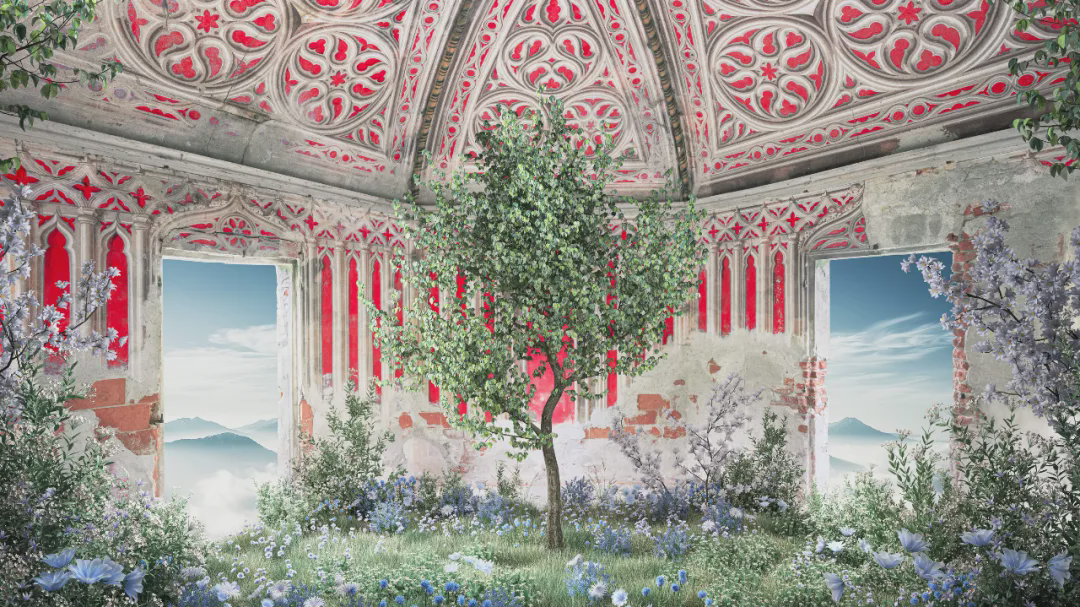
OpenSea: That's really cool. I didn't expect you to originally study architecture. So, what attracted you to Web3? Is it the technology itself?
Ryan Koopmans: Yes, I'm in the digital photography industry, from black and white to color to digital. Digital photography is a medium closely related to technological advancements, so staying curious about new technologies has always been important to me.
Web3 feels like a natural extension. The concept of digital ownership and authorship is profound. In the field of digital photography, once your image appears to the world, it loses its true connection with the creator: without ownership, there is no collectible value. Web3 solves this problem.
Alice and I delved into this ecosystem at the end of 2020, communicated with many other artists, and found that the community and culture here were really exciting and enjoyable. Whether online or offline, like-minded people communicate on the spot every day, sparking infinite creativity and cohesion. It is this combination of technology and culture that has kept me in this circle.
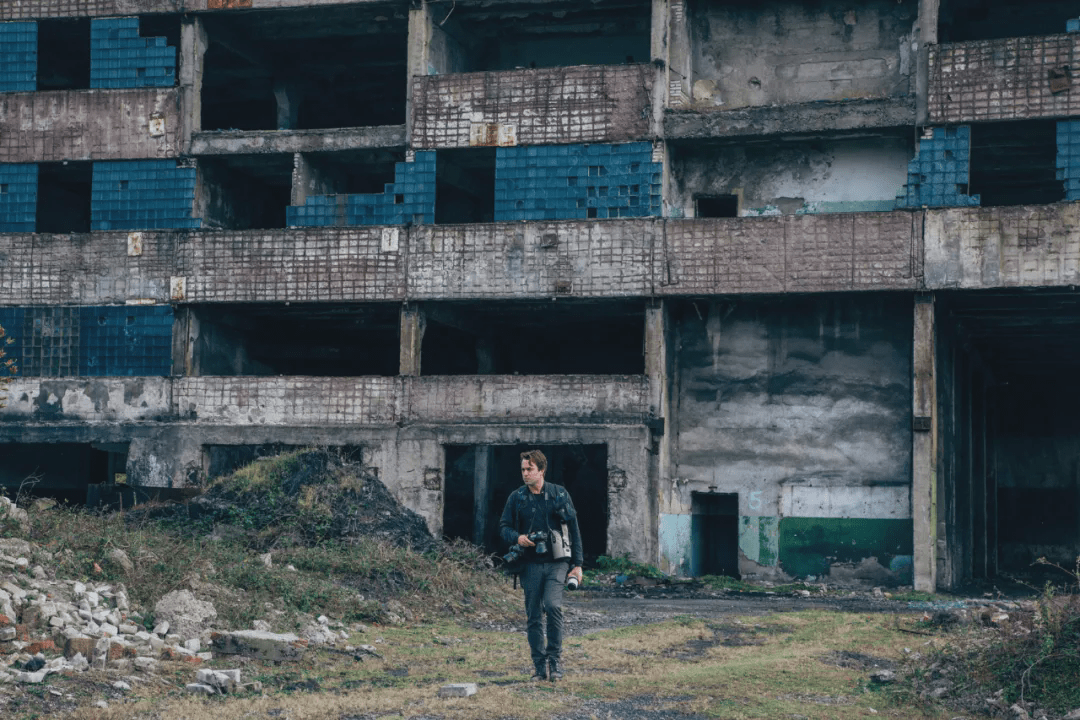
OpenSea: You have traveled and worked all over the world. How has global urbanization influenced your work?
Ryan Koopmans: My early work focused on megacities and large urban development projects, especially how they integrate into nature in a controlled, decorative way, such as flower avenues, artificial lakes, and symbolic mechanical trees. Cities in China and Kazakhstan were important sources of inspiration for this series of works.
With The Wild Within, it's the opposite: nature transcends architecture. It's still about the relationship between the two, but now nature dominates. I've always been drawn to places that are undergoing rapid social, political or cultural change: there, you often find abandoned buildings due to transformations such as domestic conflict, economic collapse or the collapse of the Soviet Union. These layered realities are just as important to me as the architecture itself.
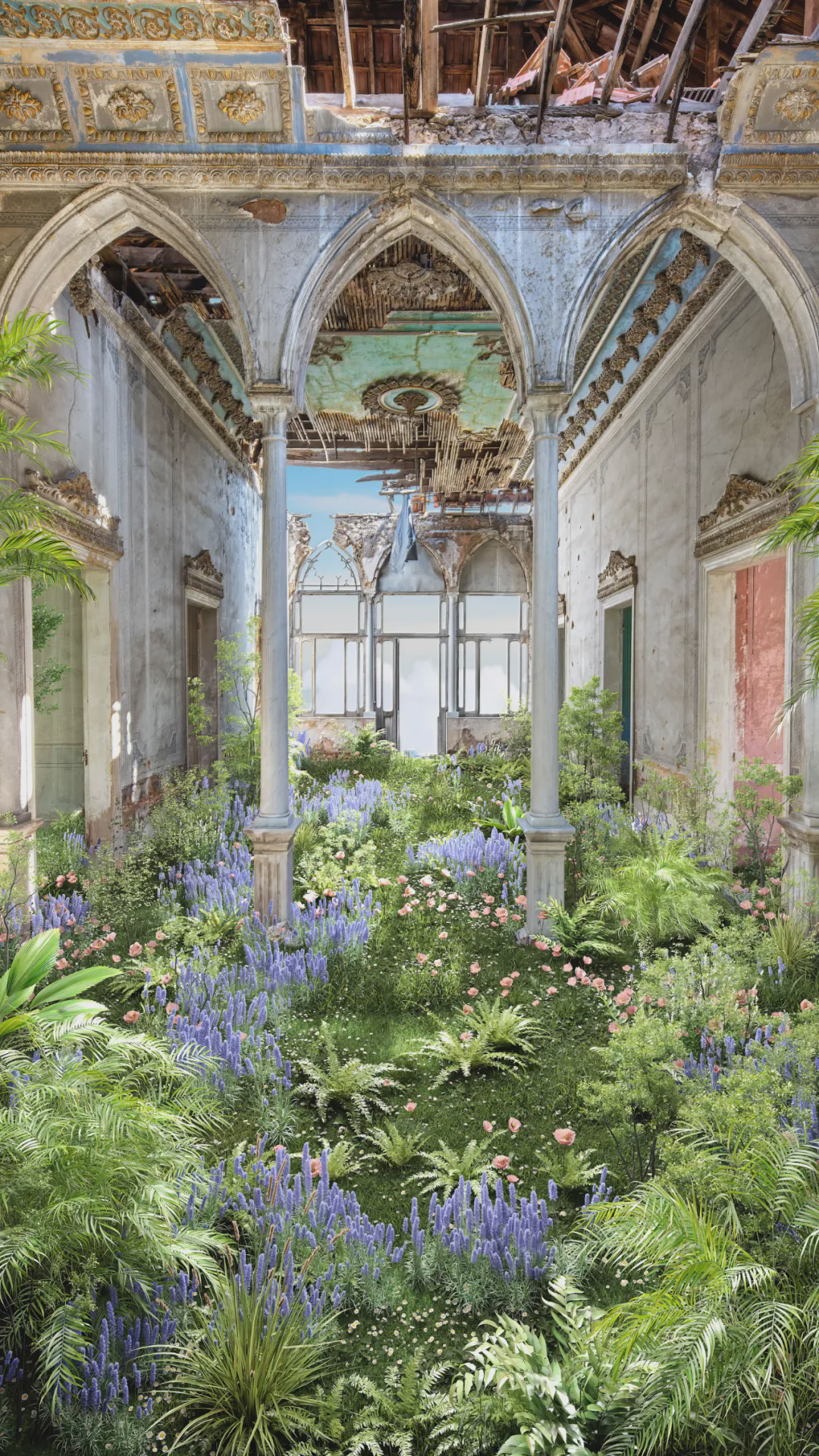
OpenSea: The Wild Within focuses on Georgia. What initially attracted you to this place?
Ryan Koopmans: The creation of the first chapter all took place in a small town called Tskaltubo in western Georgia. Since then, the project has expanded to other former Soviet countries, parts of Europe, and most recently the Middle East. I started documenting Tskaltubo in 2015. It used to be a Soviet-era spa resort, named for its mineral-rich water. There are dozens of sanatoriums with different architectural styles built in a small area.
After the collapse of the Soviet Union in 1992, the town was abandoned. Later, during the conflict in the nearby Abkhazia region, displaced people were temporarily housed in these buildings. More than 30 years later, many people still live in these magnificent and dilapidated spaces, without electricity or running water. I started recording all of this. The diversity of architecture in such a concentrated space is truly amazing.
OpenSea: How did you decide what surreal nature to add digitally?
Ryan Koopmans: When you are immersed in the scene, you see moss spreading from the cracks, dripping water, and pervasive moisture, but photos cannot fully show these. So we decided to use digital leaves to present these scenes more deeply, creating a surreal beauty that makes it difficult to immediately distinguish what is real and what is fake.
We like to subvert inherent assumptions: the architecture is real, but it seems surreal, the leaves are fake, but they mimic nature. We also use symbolic elements, for example, in one work, we only used medicinal plants, because the building used to be a mental hospital. This sense of layering allows us to give deeper meaning to each work.
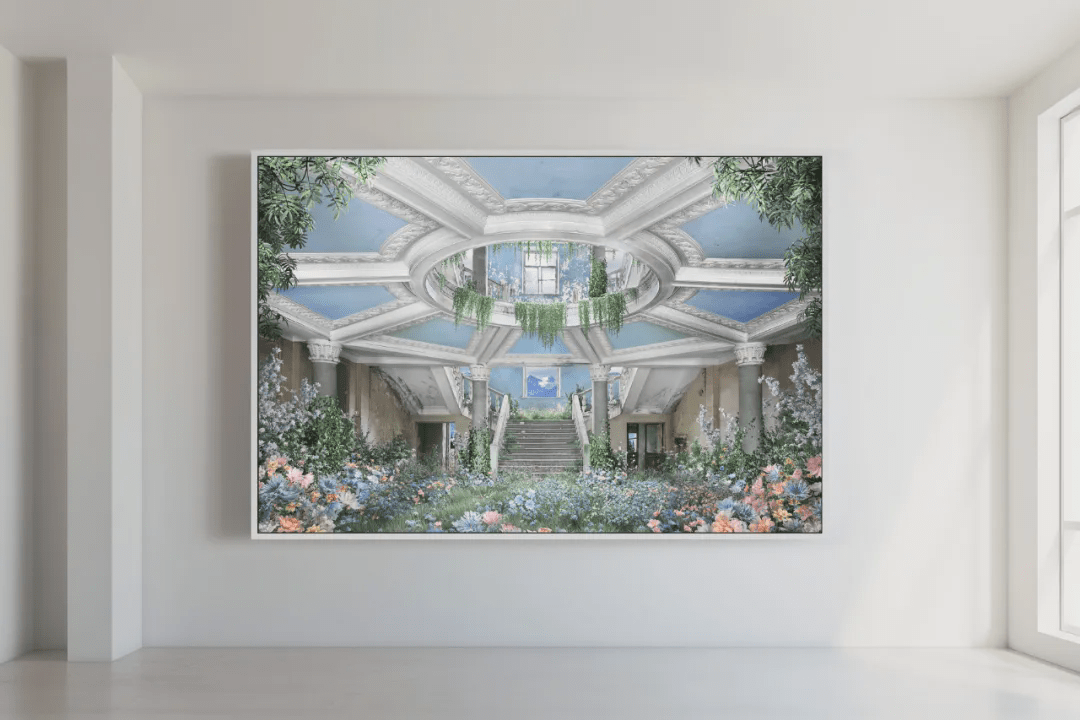
OpenSea: One of my favorite things about the Ascend series is that it alternates between day and night according to the actual situation in Georgia. How is this achieved?
Ryan Koopmans: Ascend was the only digital work in Christie's Post-War and Contemporary Art Auction, so we wanted to fully realize the potential of digital art. This work is recursively engraved on Bitcoin using recursive technology, referencing the Bitcoin clock, and the work automatically changes from day to night according to Georgian time.
This dynamic feature is something that traditional media cannot do. It echoes the themes of our work: growth, cycles, life and death, day and night.
OpenSea: There's an amazing tension in your work - between the decay of architecture and the vibrant life of nature. How do you understand this contrast from a metaphorical and visual perspective?
Ryan Koopmans: Our goal is to keep the viewer in a certain moment, especially in animation. This is a cycle, neither past nor present. Nature is regaining control of these buildings. In real life, even if we photograph these buildings, they will continue to decay.
Therefore, minting them on the chain becomes a way to capture and preserve specific moments, even as architectural structures and our technology evolve over time.
OpenSea: Speaking of the symbolism in your work - such as the choice of specific plants or changes in the time of day - do you want the audience to notice these details, or are you more focused on the overall feeling that the work evokes?
Ryan Koopmans: The Easter eggs are there, but we don't expect everyone to catch them. The intention of creation runs throughout the work. As time goes on, as people's understanding of the concepts and creative process deepens, they may establish a closer connection. Usually, the most direct connection is through location, through the perception of a city or country that gives personal meaning.
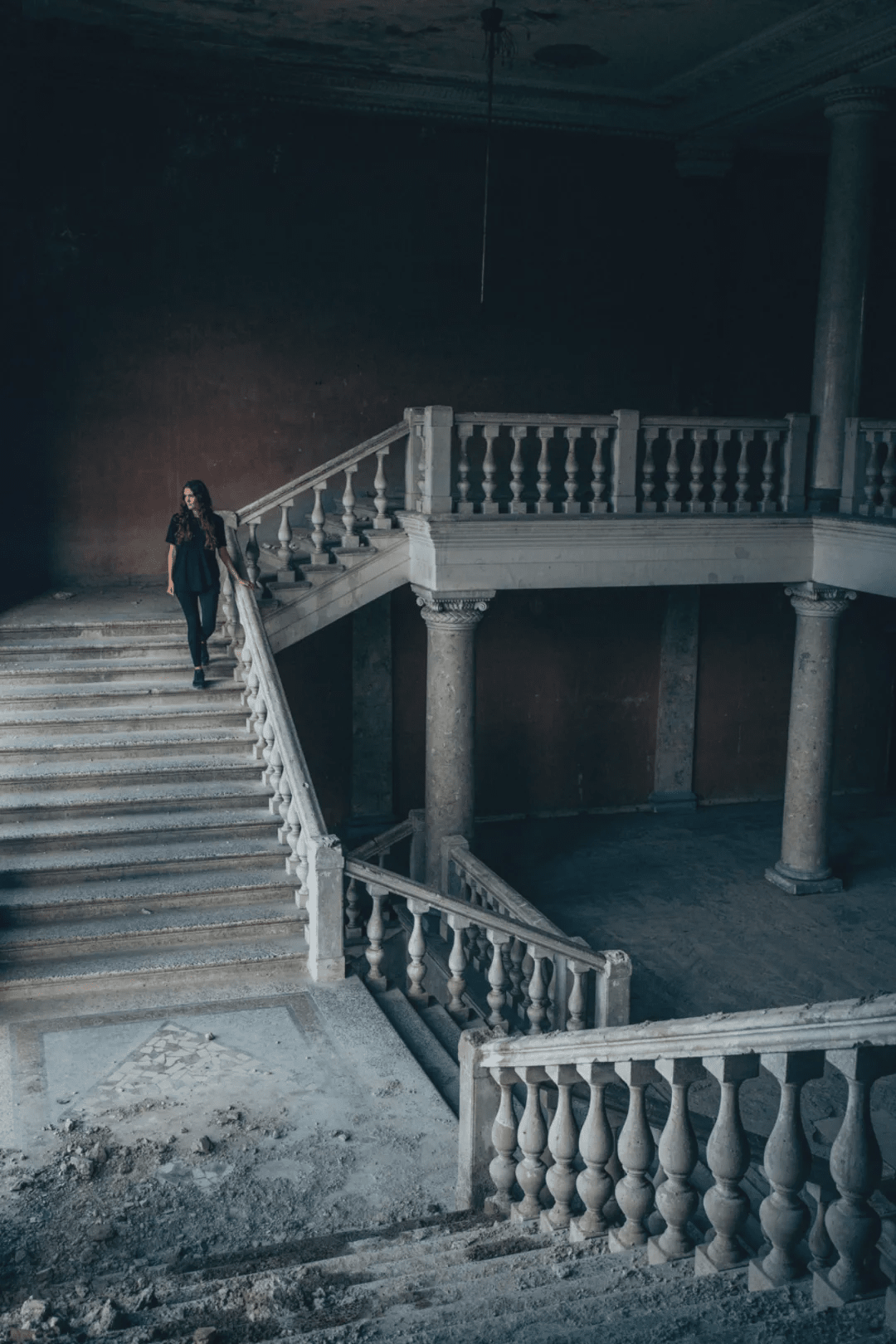
OpenSea: What challenges do you face working in these abandoned places - whether it's finding them, entering them, or managing all the equipment you bring?
Ryan Koopmans: First of all, finding them requires a lot of research and geolocation. Sometimes you expect something, but you find something completely different, or nothing at all. Entering castles can also be difficult. Once, we had to wait for several days in a town for an old lady with a key to return, because she was the only one who could enter this abandoned ancient castle that we wanted to record.
In addition, there is unpredictability, for example, when we came back a week later to photograph an old building, it was unexpectedly demolished.
We bring multiple cameras, drones, tripods and professional lenses, which requires a balance between traveling light and being well-prepared. Some shoots require complete photogrammetry, which requires a lot of manpower and equipment. Our shoots require a lot of climbing, hiking and crawling, which is very physically demanding.
OpenSea: Do you and Alice usually go to shoot together? How do you divide the work?
Ryan Koopmans: Most of the time, yes. Occasionally, if I have experience or it's more convenient to go alone, I'll go alone. But we do everything together. She's in charge of shooting, I'm in charge of 3D, or vice versa. We have different backgrounds. She's in charge of coding and post-production, and I'm in charge of photography. But over time, we completely overlap. We've been working together since 2011, long before Web3 appeared.
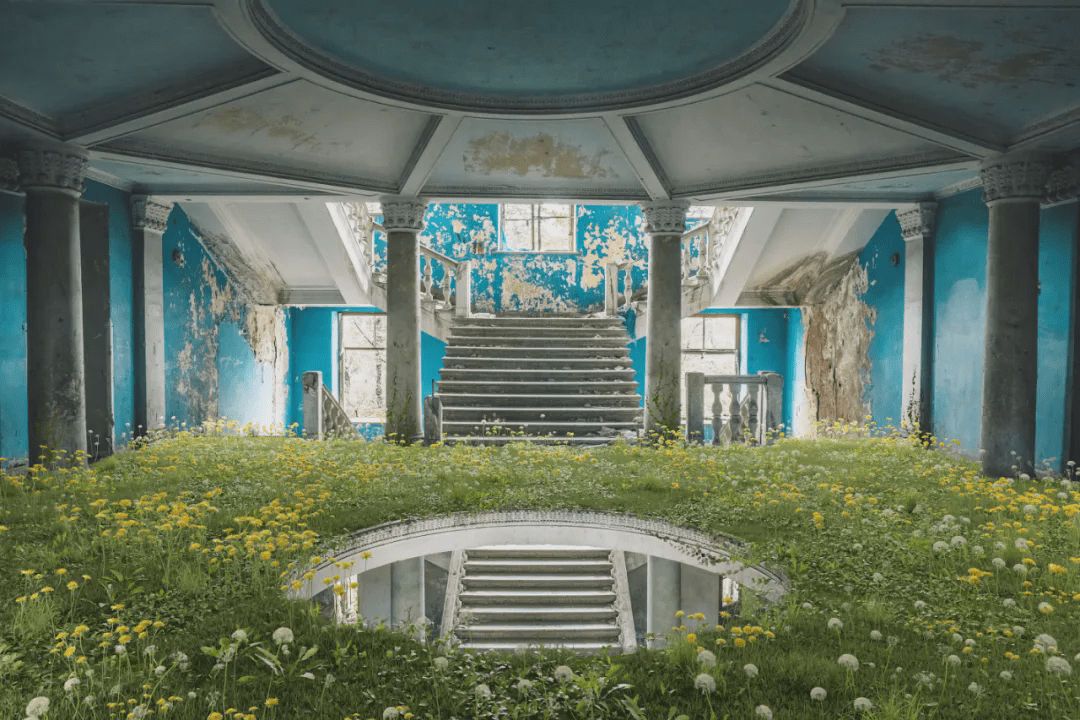
OpenSea: Is there any work that is most meaningful to you two?
Ryan Koopmans: Each work is meaningful because they all have a lot of time and effort invested in them, but some milestone works stand out, such as our 'Genesis' series Hollow, and the recent Ascend exhibited at Christie's auction, the latter being the first piece of art engraved with Bitcoin in a live auction.
This not only brought attention to our work, but also to the Tskaltubo region. This has undoubtedly increased the global awareness of Georgia and promoted local tourism.
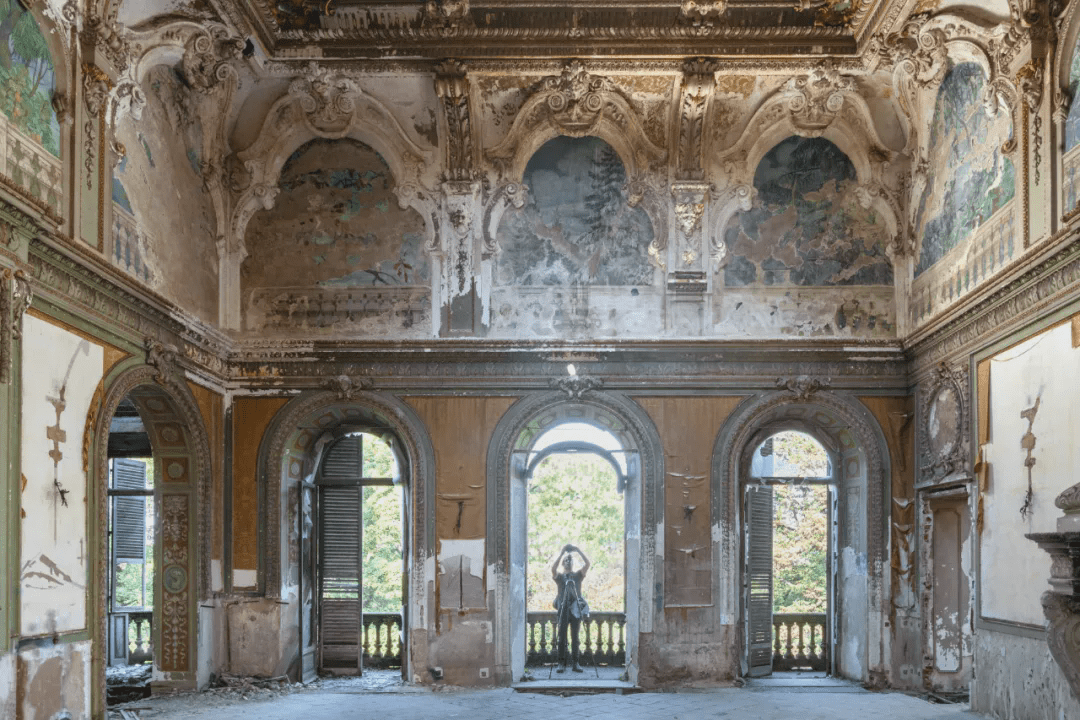
OpenSea: Do you plan to add other locations to The Wild Within?
Ryan Koopmans: Of course, we will have a solo exhibition in November, focusing on the Middle East and the Caucasus: Turkey, Armenia, Azerbaijan, Saudi Arabia, the United Arab Emirates and Lebanon. This is a long-term project, and the form of the work may change with the development of technology. We will continue to explore globally, while remaining open to new tools and media.
OpenSea: It sounds like that place is really worth exploring. Where will your personal show be held?
Ryan Koopmans: It's at the Leila Heller Gallery in Dubai, one of the largest galleries in the Middle East. The gallery space is very spacious. We are preparing for a crossover exhibition, exhibiting large-format prints and screen works, all of which are digitally native works. This exhibition has been in preparation for more than two and a half years.
OpenSea: This is really impressive. The dedication to work and attention to detail of you two is amazing.
Ryan Koopmans: Thank you! I think it's about dedication, persistence, and a sincere love for what you do.
OpenSea: Finally, what do you think of the current state of this field and your place in it?
Ryan Koopmans: I am very grateful and truly enjoy being a part of this ecosystem. Platforms like OpenSea play a huge role in maintaining this ecosystem. I am grateful to be able to do what I love and plan to continue doing so for the rest of my life.
OpenSea: Okay, thank you for your time! I can't wait to see where you and Alice will take The Wild Within next.
Ryan Koopmans: Thank you, Hannah.
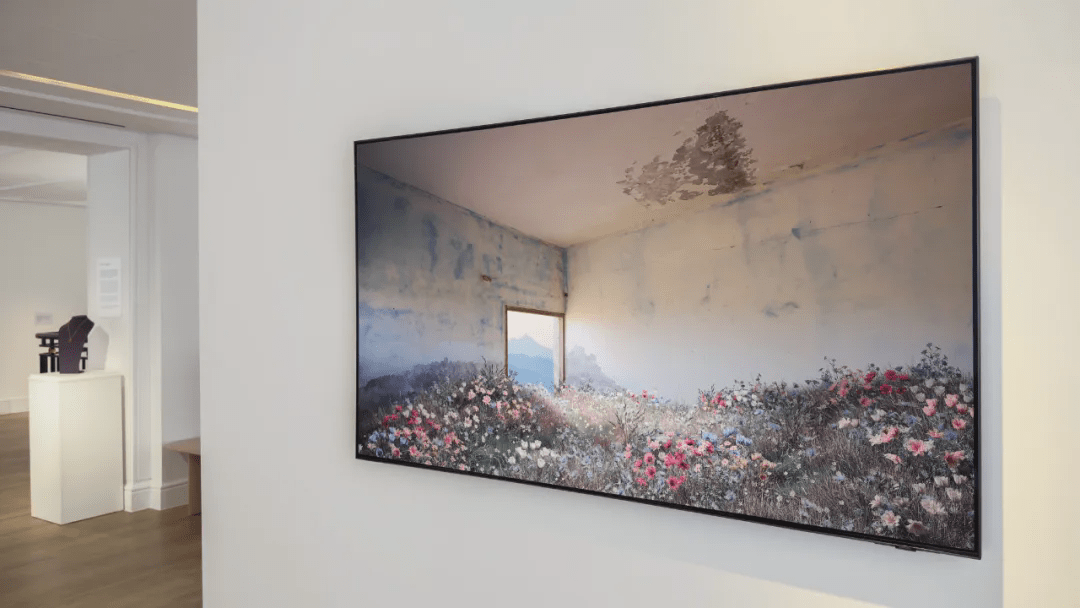
OpenSea content you care about
Browse | Create | Buy | Sell | Auction

Follow the collection OpenSea Binance Channel
Stay up to date
